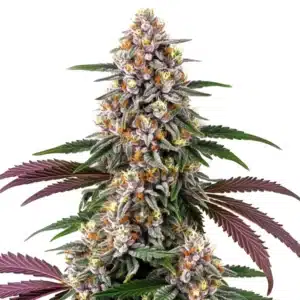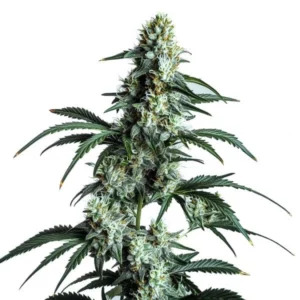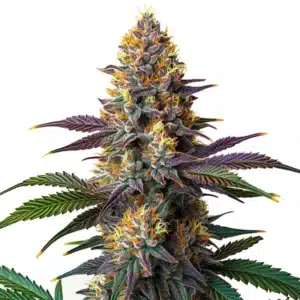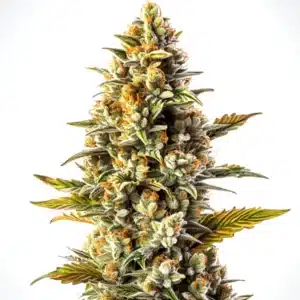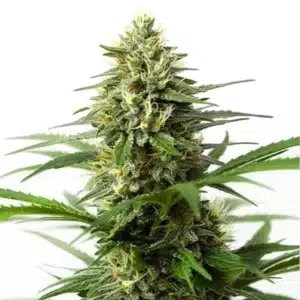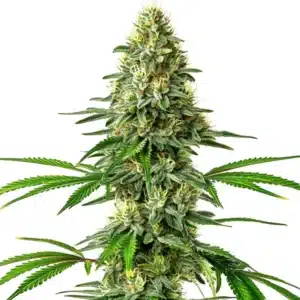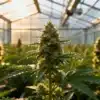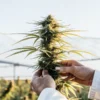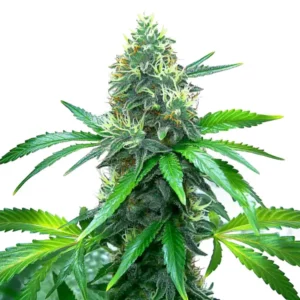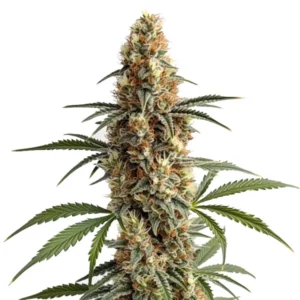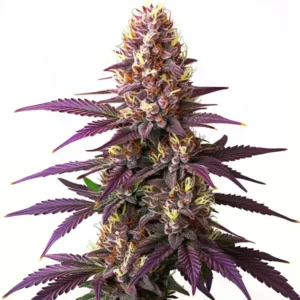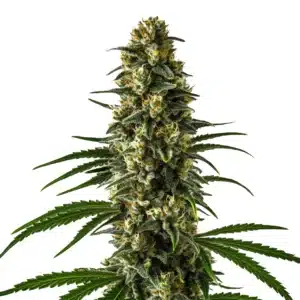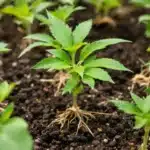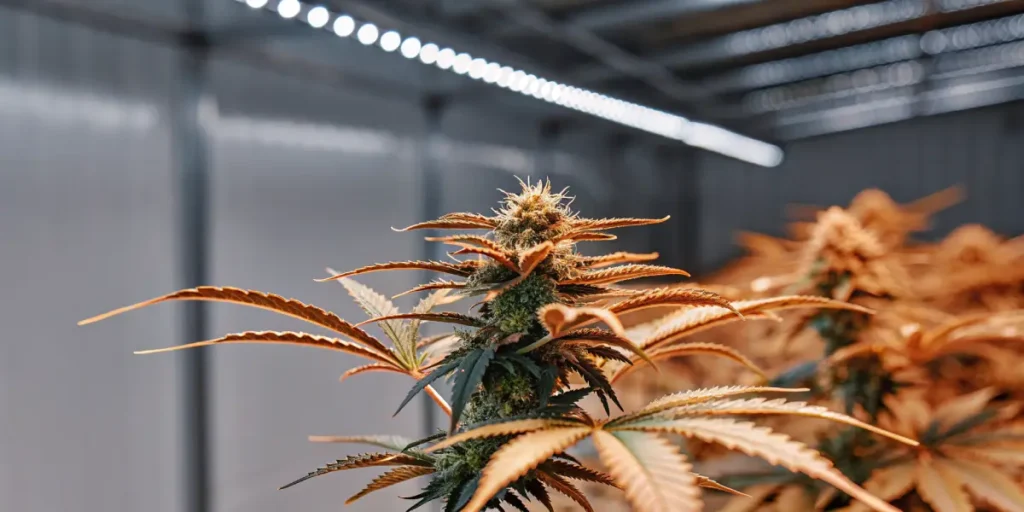
Benefits and Risks of ROS in Cannabis Cultivation
Reactive oxygen species, or ROS, might sound like a complicated term, but in the world of cannabis cultivation, it’s something worth getting familiar with. The benefits and risks of ROS in cannabis cultivation come from their dual nature they can be both a friend and a foe to your plants. ROS play an important role in the growth and development of cannabis crops, but if not properly managed, they can also cause cellular damage.
In the right amounts, ROS can stimulate plant growth, strengthen cell walls, and even enhance the plant’s defense mechanisms. But when left unchecked, they can cause harm, leading to oxidative stress that can damage plant tissues. Let’s dive deeper into the benefits and risks of ROS in cannabis cultivation.
Recommended Strains
Purple Punch
|
|
THC | 15% - 20% (Medium) |
|
|
Type | Feminized |
|
|
Yield | High |
|
|
Phenotype | 80% Indica / 20% Sativa |
Sour Diesel
|
|
THC | 22% - 25% (Medium) |
|
|
Type | Feminized |
|
|
Yield | High |
|
|
Phenotype | 30% Indica / 70% Sativa |
When managed well, ROS can be a powerful ally in growing cannabis. Harnessing these reactive molecules can lead to healthier, more robust plants. However, achieving that balance can be tricky, making it essential to understand how ROS impacts cannabis plant health.
Positive Effects of Reactive Oxygen Species in Cannabis Growth
ROS can stimulate growth by signaling pathways that promote cell division and expansion. This is particularly important during the vegetative phase when cannabis plants are rapidly growing. Growers looking to boost their plant’s growth can find that managing ROS levels effectively leads to more vigorous plants.
Another benefit of ROS in cannabis cultivation is their role in defense. When a plant is under attack from pathogens, ROS are produced as part of the plant’s immune response. This helps in containing the spread of the pathogen, providing a natural way to enhance plant resilience.
Besides to promoting growth, ROS also contribute to the synthesis of vital compounds within the plant. These compounds can improve the overall vigor and health of the plant, leading to a more successful cultivation process. Knowing the positive effects of reactive oxygen species in cannabis growth is key for any grower aiming for high-quality yields.
Furthermore, balancing ROS levels can optimize the plant’s photosynthetic efficiency, allowing it to convert light into energy more effectively. This increased efficiency can lead to quicker growth rates and a more bountiful harvest, showcasing the intertwined relationship between ROS and plant health.
Enhancing Plant Defense Mechanisms
When ROS levels are balanced, they act as signaling molecules that trigger the plant’s defense pathways. This is akin to how our immune system recognizes and fights off infections. For cannabis plants, this means a better chance of warding off diseases and pests.
For example, a grower cultivating strains like Chemdawg might notice that the plant’s natural resistance to pests is heightened when ROS levels are managed. This strain, known for its resilience and potency, can benefit significantly from a proper ROS balance.
By strategically managing ROS levels, growers can enhance the plant’s innate ability to resist environmental stressors. This resilience is not only beneficial for pest resistance but also for adapting to changing environmental conditions. The positive effects of reactive oxygen species in cannabis growth are evident in stronger and more adaptable plants.
Moreover, maintaining the right ROS balance can facilitate the production of secondary metabolites, which are essential for the plant’s aroma and flavor profile. This enhancement can make the harvest more appealing and potentially increase its market value, highlighting the benefits and risks of ROS in cannabis cultivation.
Promoting Growth and Development
During the vegetative stage, ROS promote the expansion of plant cells, which is critical for the plant’s overall growth. This is particularly beneficial for growers aiming for taller, bushier plants. A controlled amount of ROS can stimulate cell division, leading to increased biomass.
Consider cultivating Sour Diesel. This strain is known for its energetic growth and distinctive aroma. By optimizing ROS levels, growers can maximize the potential of this strain, achieving a more substantial yield.
ROS levels, when carefully managed, can also improve nutrient uptake efficiency. This means that plants can absorb essential nutrients more effectively, leading to enhanced growth and development. Knowing how reactive oxygen species impact cannabis plant health is crucial for maximizing the potential of each strain.
Additionally, the structural integrity of the plant can be improved with optimal ROS management. This is vital for supporting heavy buds and ensuring that the plant can withstand environmental pressures, resulting in a successful and productive growing season.
Promos & Deals
Risks of ROS Accumulation in Marijuana Farming
While the benefits of ROS are evident, an excess can lead to problems. When ROS accumulate beyond a certain threshold, they cause oxidative stress. This stress can result in damaged cells, leading to wilting, discoloration, and even plant death if not addressed.
Oxidative stress is particularly dangerous during the flowering stage when the plant is focusing most of its energy on producing buds. If ROS levels are too high, it can compromise the quality and quantity of the harvest, affecting the overall success of the cultivation process.
Knowing the risks of ROS accumulation in marijuana farming is integral to preventing detrimental effects on plant health. Growers must be vigilant in monitoring ROS levels, as even slight imbalances can lead to significant crop losses.
Moreover, the long-term effects of excessive ROS can lead to genetic damage within the plant, potentially affecting future generations. This highlights the critical importance of balancing ROS levels in cannabis cultivation to ensure sustainable and healthy growth.
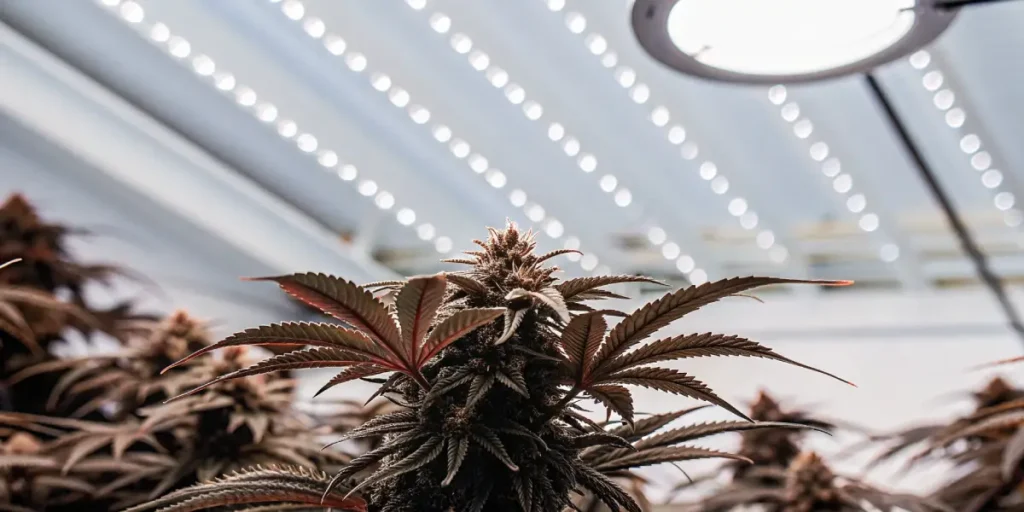
Identifying Signs of Oxidative Stress
Signs of oxidative stress in cannabis plants include yellowing leaves, stunted growth, and necrotic spots. These symptoms indicate that the plant is struggling to cope with the excess ROS. Early detection is crucial for implementing corrective measures.
For growers working with strains like Purple Punch, known for its vibrant colors and sweet aroma, managing oxidative stress is vital. Ensuring that ROS levels are balanced can lead to a successful harvest with high-quality buds.
Regular observation and analysis of plant conditions are essential in identifying oxidative stress early. By recognizing these signs, growers can take timely action to mitigate damage and restore balance, ensuring the plant’s continued health and productivity.
Utilizing technology, such as sensors and monitoring systems, can aid in the early detection of oxidative stress. This proactive approach allows for real-time adjustments and interventions, minimizing the risks associated with ROS accumulation in marijuana farming.
Managing ROS Levels in Cannabis Cultivation
There are several strategies to manage ROS levels effectively. One approach is maintaining optimal environmental conditions, such as temperature, humidity, and light exposure, which can influence ROS production.
Using antioxidants is another method. These compounds can neutralize excess ROS, preventing oxidative stress. Incorporating antioxidant-rich fertilizers and supplements can be beneficial in maintaining ROS balance.
Adjusting cultural practices, such as watering and nutrient schedules, can also play a role in managing ROS levels. By tailoring these practices to the specific needs of each strain, growers can minimize stress and optimize plant health.
Furthermore, knowing how reactive oxygen species impact cannabis plant health can inform breeding practices, allowing for the development of strains with increased resilience to oxidative stress. This proactive approach is key to successful and sustainable cannabis cultivation.
Balancing ROS Levels in Cannabis Cultivation
Achieving the right ROS balance requires a keen observation of your plants and their environment. Regular checks and adjustments based on plant responses are crucial. It’s about knowing the needs of your specific strain and tailoring your approach accordingly.
For instance, different strains may have varying tolerance levels to ROS. A strain like Chemdawg might thrive with slightly higher ROS levels, while others may require more stringent control.
Experimentation and experience will guide you in finding the sweet spot for ROS levels. This balance ensures that your cannabis plants grow strong, healthy, and produce a bountiful harvest.
Incorporating feedback from previous growing cycles can also enhance your ability to balance ROS levels. Learning from past experiences allows for fine-tuning of cultivation techniques, ensuring consistent success in managing oxidative stress in cannabis production.
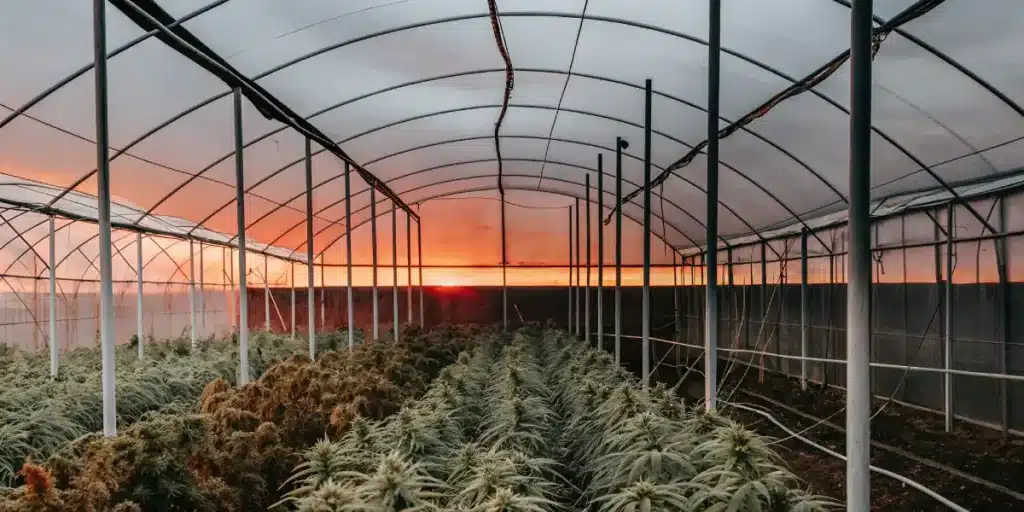
FAQs on ROS in Cannabis Cultivation
What are the positive effects of reactive oxygen species in cannabis growth?
Reactive oxygen species, in controlled amounts, play a crucial role in promoting plant growth and development. They serve as signaling molecules that activate pathways for cell expansion and division. This is particularly beneficial during the vegetative stage when cannabis plants are rapidly growing.
Additionally, ROS enhance the plant’s natural defense mechanisms, helping it fend off pathogens and pests. This makes your cannabis crop more resilient and robust, leading to healthier plants and potentially higher yields.
By knowing the benefits and risks of ROS in cannabis cultivation, growers can effectively harness these molecules to maximize growth potential. This knowledge is essential for optimizing plant health and achieving a successful harvest.
The positive effects of reactive oxygen species in cannabis growth also extend to the enhancement of secondary metabolite production. This not only improves the plant’s overall quality but also its market value, making ROS management a vital aspect of cannabis cultivation.
What are the risks of ROS accumulation in marijuana farming?
Excessive ROS levels can lead to oxidative stress, which is harmful to cannabis plants. This stress manifests as damaged cells, resulting in symptoms like yellowing leaves, stunted growth, and necrotic spots. If left unaddressed, it can severely impact plant health and yield.
The flowering stage is particularly vulnerable to ROS accumulation, as the plant’s energy is focused on bud production. An imbalance during this phase can compromise both the quality and quantity of the harvest.
Knowing the risks of ROS accumulation in marijuana farming is crucial for preventing adverse effects. This involves regular monitoring and timely interventions to maintain ROS at beneficial levels.
Prolonged exposure to high ROS levels can also lead to chronic stress, which may weaken the plant’s overall resilience. Addressing these risks requires a comprehensive knowing of how reactive oxygen species impact cannabis plant health.
How do reactive oxygen species impact cannabis plant health?
Reactive oxygen species impact cannabis plant health by playing a dual role. On one hand, they promote growth and defense mechanisms, contributing to a stronger and more resilient plant. On the other hand, excessive ROS can lead to oxidative stress, damaging plant tissues and hindering growth.
Managing ROS levels is crucial for maintaining plant health. It involves creating optimal growing conditions and possibly using antioxidants to prevent harmful accumulation. A balanced ROS level ensures robust plant development and a successful cultivation process.
The dual nature of ROS highlights the importance of balancing ROS levels in cannabis cultivation. By knowing their role, growers can leverage their positive effects while minimizing potential risks.
Proactive management strategies are essential for ensuring that ROS levels contribute positively to cannabis plant health. This involves continuous learning and adaptation to optimize growing conditions for each specific strain.
How can growers balance ROS levels in cannabis cultivation?
Balancing ROS levels involves a combination of environmental management, nutritional support, and regular monitoring of plant health. Growers can adjust temperature, humidity, and light exposure to influence ROS production positively.
Incorporating antioxidants and ensuring adequate nutrition are also key strategies. These measures help in neutralizing excess ROS and supporting the plant’s natural defense mechanisms, leading to optimal growth conditions.
Effective balancing of ROS levels requires a comprehensive knowing of each plant’s specific needs. By tailoring cultivation practices, growers can optimize conditions for both growth and resilience.
Utilizing technology and data-driven insights can further enhance the ability to manage ROS levels effectively. This approach allows for precision in cultivation, maximizing the benefits and minimizing the risks of ROS in cannabis cultivation.
What are some methods for managing oxidative stress in cannabis production?
To manage oxidative stress, growers should focus on maintaining balanced ROS levels through careful control of growing conditions. This includes optimizing temperature, humidity, and light to reduce stressors that can lead to excess ROS production.
Using antioxidant supplements can also be effective in managing oxidative stress. These supplements help neutralize excess ROS, preventing cellular damage and promoting overall plant health. Regular monitoring and adjustments based on plant responses are essential for effective management.
Implementing integrated pest management strategies can also aid in reducing environmental stress, thereby minimizing the likelihood of excessive ROS production. This holistic approach is crucial for managing oxidative stress in cannabis production.
Continual education and adaptation are key components of successful stress management. By staying informed about the latest techniques and research, growers can continually improve their methods for managing oxidative stress and enhancing plant health.


